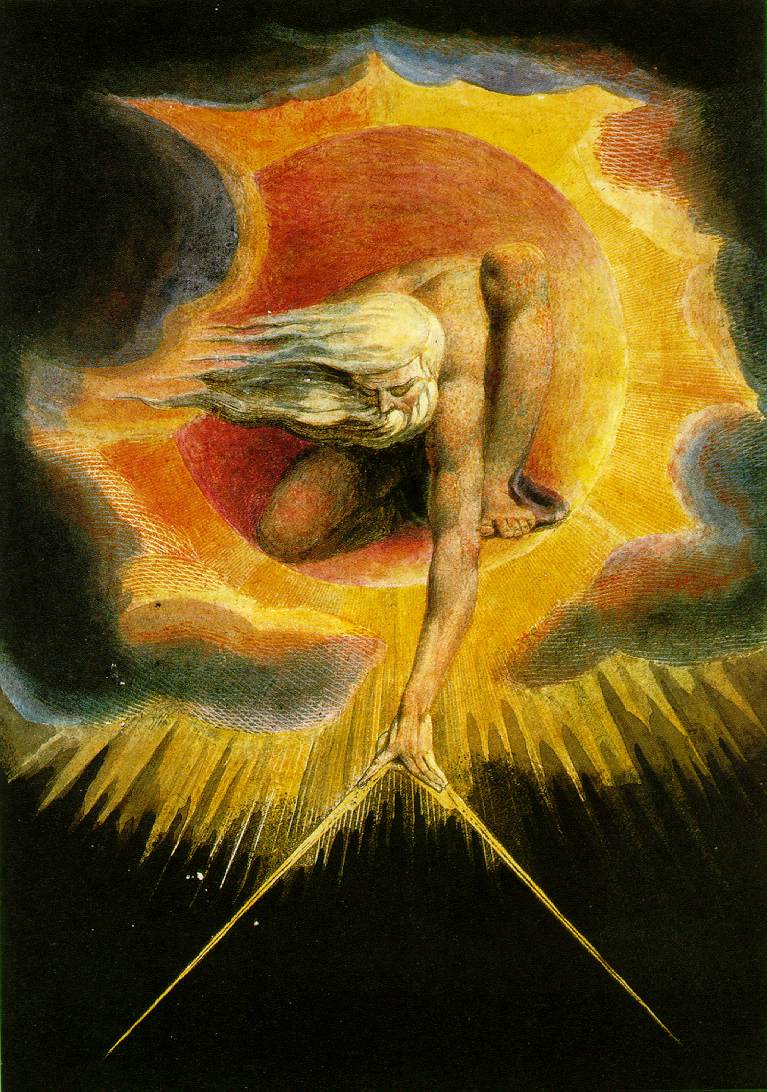Degrees of the Scottish Rite:

10° - Elu of the Fifteen (Illustrious Elect of the Fifteen) This degree teaches us to be tolerant and respect the opinions of others. Freedoms of political and spiritual ideologies should be shared by all. The apron of the 10th Degree is white, with a black flap with three arch-shaped gates, over each a head on a spike. The jewel of this degree is a dagger as in the 9th Degree. The duties are enlightenment of soul and mind, vigilance, tolerance and being on guard for fanaticism and persecution.

11° - Elu of the Twelve (Sublime Knight Elect of the Twelve) This degree teaches sympathy. We should be compassionate to our brother Masons and to all mankind as well. The apron of the 11th Degree is white, lined with black, with a flaming heart in the center. The jewel is a dagger suspended from a black cordon inscribed with the words "Vincere aut Mori" the pledge "that you will rather die than betray the cause of the people, or be overcome through your own fear or fault". The duties are to be earnest, true, reliable and champion of the people.



